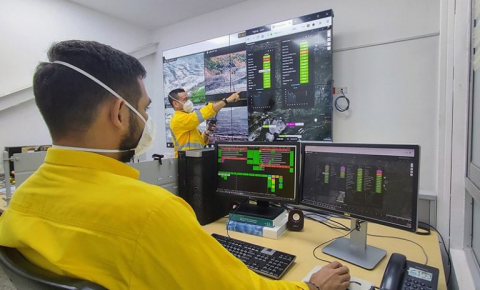E-Newsletter November 2021
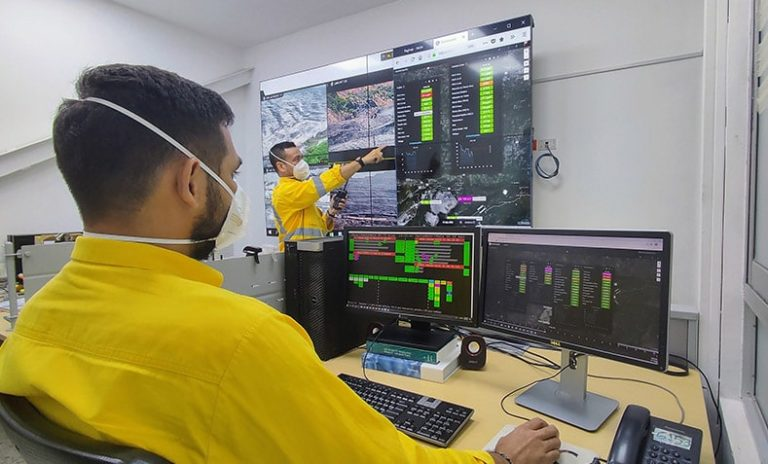
Air quality at Cerrejón: an issue that concerns everyone
Managing air quality is not a minor issue at Cerrejón. As we have explored in previous newsletters, our TARP air monitoring mechanism, in use since 2017, is complemented by a real-time monitoring system.
This system consists of 16 air quality monitoring stations. The stations allow information on various air quality variables to be collected and recorded using automatic equipment. The data is gathered at the different station location points and then undergoes an analysis process.
Results from the measurements at the stations are monitored by an environmental oversight committee. This committee emerged in 2008 as part of the management measures in the Environmental Management Plan, within the framework of the “Environmental Education and Training” program. This committee is currently comprised of:
- Community Action Board presidents from Hatonuevo, Albania, Papayal, and Barrancas
- Traditional Authorities and delegates from the Provincial, San Francisco, and 04 de Noviembre
- Indigenous Reservations
- Leaders from the Indigenous communities of Campo Herrera and Campo Alegre
- Representatives from the resettled communities of Patilla and Las Casitas
- Officials from the Municipal Units for Agricultural Technical Assistance in Albania, Hatonuevo,
- and Barrancas
- Officials from the mayor’s offices in Albania, Hatonuevo, and Barrancas
- Local human rights officials
- Officials from Corpoguajira
- Departmental Attorney General’s Office for the Environment
- Ombudsman’s Office
Members of this committee attend training courses offered by Cerrejón in the spirit of deepening an understanding of the monitoring reports and of the elements used to do the measuring. In the spaces created for the committee to analyse the monitoring results, this same committee jointly selects environmental issues related to Cerrejón’s management in order to delve deeper into these matters and discuss them more in-depth.
The committee meets every two months and the results are shared, link, community members responsible for oversight have access to this information and, in turn, receive training to read the data and share the information in their community.
Cerrejón has one of the largest air quality monitoring networks in colombia
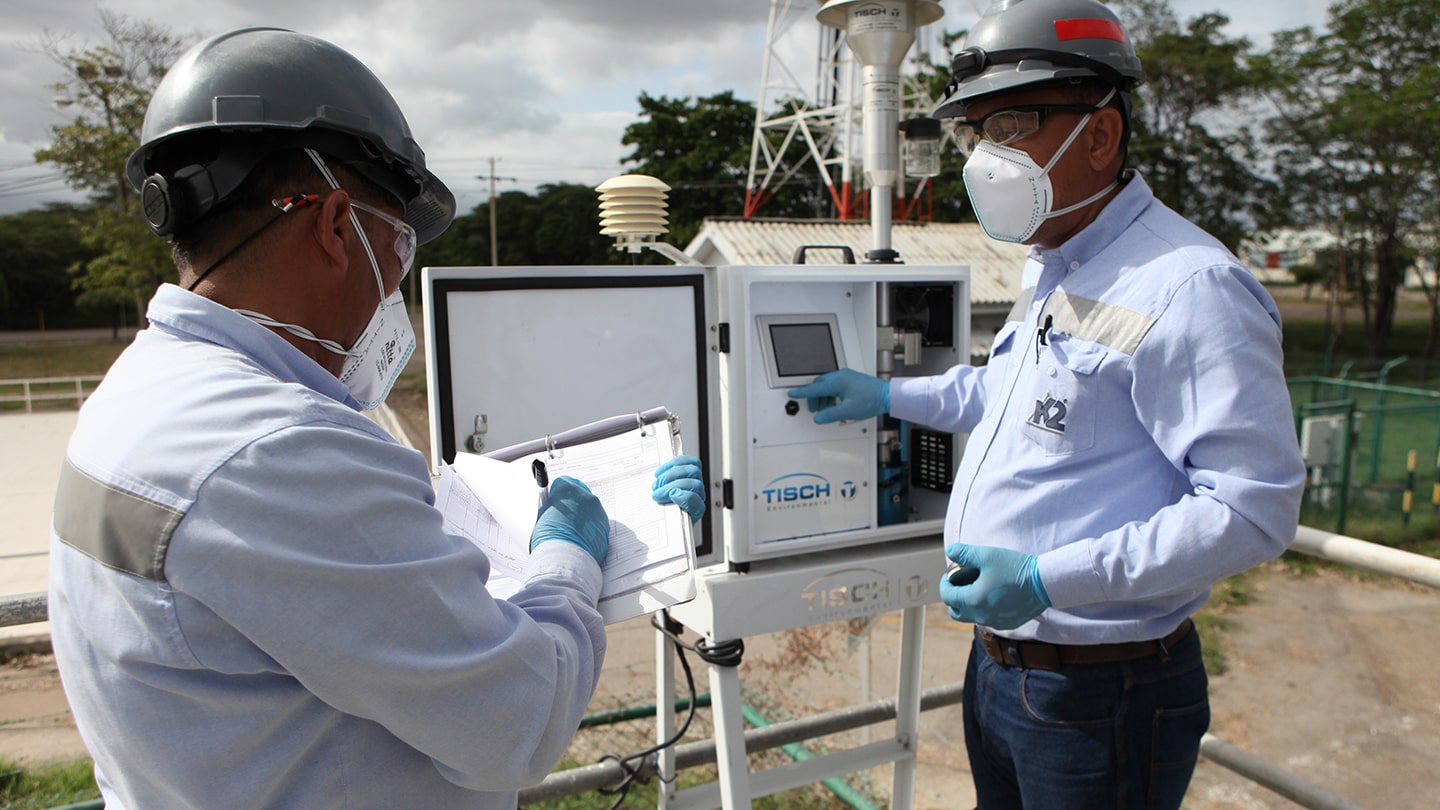
With a network made up of 16 stations located around its operations and in nearby communities, Cerrejón monitors air quality to follow-up on our management measures for emission control and to ensure compliance with Colombian regulations.
The 16 stations extend over an area of 690 km², while in Bogotá, an area of approximately 1,775 km², there are 14 monitoring stations. Meanwhile, in the 20,848 km² that make up the department of La Guajira, nine stations are operating.
The information obtained is recorded on a monthly basis in the National Information System of Air (SISAIRE), administered by the Hydrology, Meteorology and Environmental Studies Institute (IDEAM), and thanks to the data collected it can be verified that air quality levels are better than those found on an average day in the country’s main capitals.
“The stations are one of the tools that strengthen our air quality management system. This system combines best practices for emission control, monitoring, and projection, with continuous data analysis that allows us to make decisions in a timely manner to remain below what is established in national regulations”, states Diana Pérez, air quality specialist at Cerrejón.
This system allows the company to continuously monitor air quality, evaluate trends seen in the results, and take the necessary immediate actions to control dust. First among the various control measures implemented by the company are the watering of roads, use of low-flow sprinklers, and the wetting and levelling of train wagons, among others. These wetting measures use mining water, which is not suitable for human or animal consumption or for agricultural use. With these types of actions, the company continues to show its commitment to operating under the highest operational, environmental, and social standards. These actions, as well as the different control measures carried out, are a sign of Cerrejón’s commitment not only to the environment but also to its neighbouring communities. Additionally, air quality measurements and their results are published on the Cerrejón website.
Cerrejón joins with five communities to produce 250,000 trees annually for reforestation programs
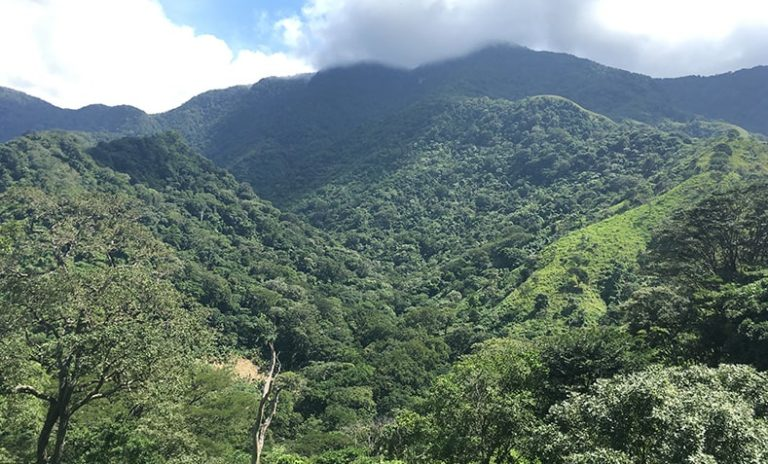
Cerrejón, along with five communities grouped into two community associations, is structuring a network of nurseries having species exclusive to tropical dry forests, and which annually produces 250,000 trees from more than 40 native species. This network is designed to strengthen the company’s land rehabilitation and environmental compensation processes.
The process of forming these nurseries, among which are those in the communities of La Horqueta, Campo Herrera and Tigre Pozo, includes spaces to train members from the indigenous communities in production, maintenance, seedling planting, and identification of seed sources. Additionally, they are given support to create community ventures as a source of income.
Cerrejón has launched initiatives to strengthen, conserve, and restore the ecosystems in La Guajira:
- Actions to maintain and protect biodiversity and the ecosystems; we contribute to the protection of at least eight jaguars, 15 pumas, and more than 30 ocelots.
- Over the past few years, we have identified and protected more than 600 species of birds, mammals, amphibians, and reptiles in our areas.
- Since the start of the Biodiversity Conservation programs, we have provided veterinary care and returned more than 10,600 animals to their natural habitat.
- Over the next decade, we will continue to contribute to mitigating climate change by strengthening more than 25,000 hectares of forest that make up the Wüin-Manna biological corridor, the region’s main barrier to lessen desertification in the Media Guajira.
- In conjunction with the National Parks, Cerrejón is currently working on declaring the Civil Society Reserve, Aguas Blancas-Santa Helena-Mushaisa. This expanse of 1,976 hectares of tropical dry forest is where a wide variety of the department’s species of flora and fauna are sheltered and protected.
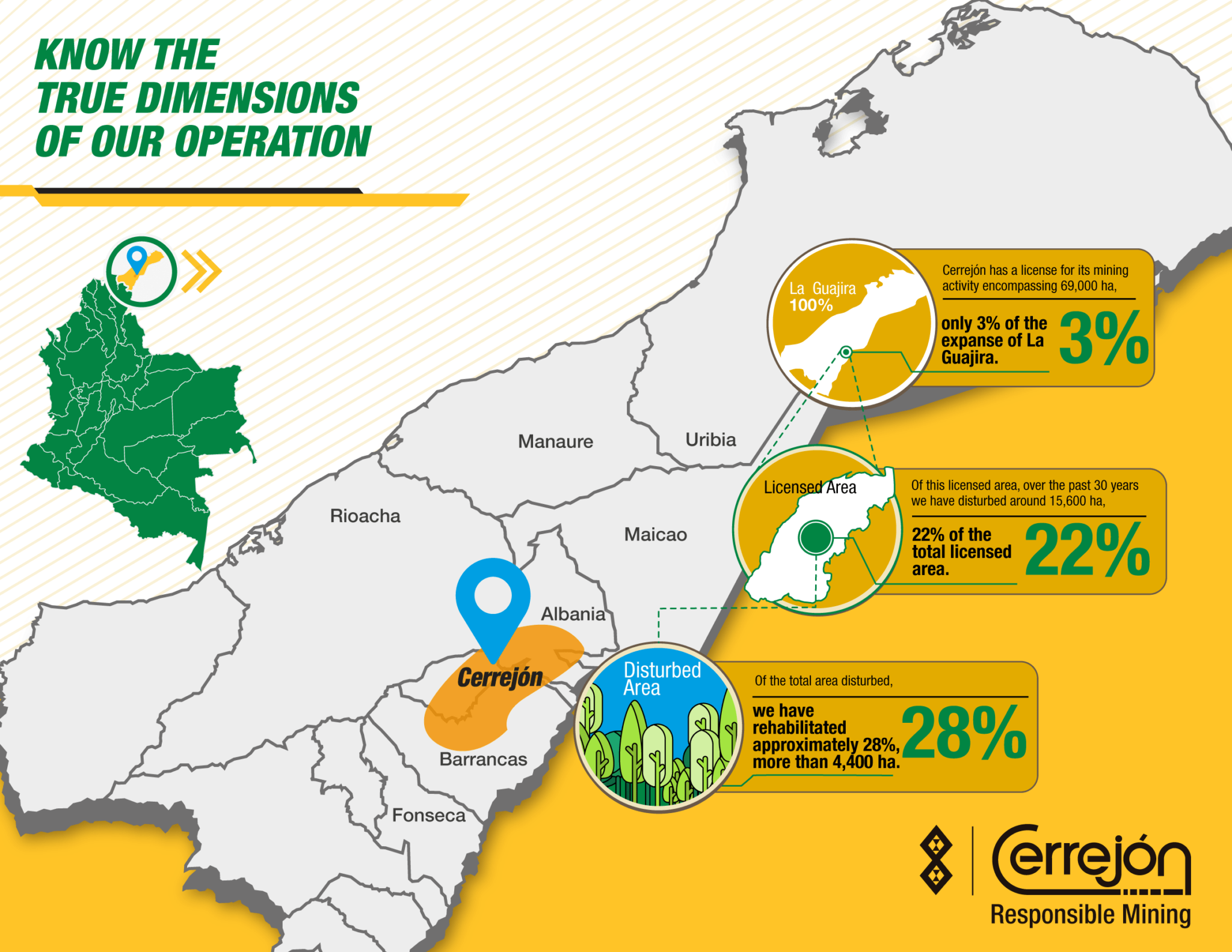
Minciencias recognizes an environmental project implemented in cerrejón
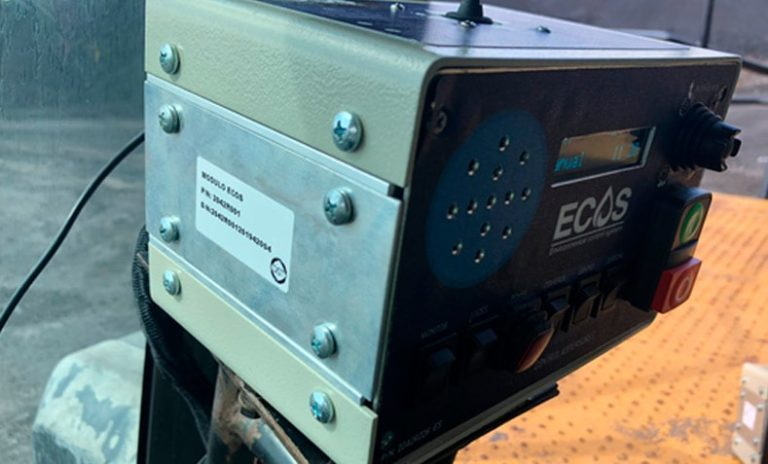
The Ministry of Science, Technology and Innovation (Minciencias) has recognized the ECOS project, which has been in operation at Cerrejón for two years and optimizes consumption of the operation’s water resources, for its contributions to efficiency in the responsible management of natural resources in the mining operation. As such, this project is contributing to Colombia’s fulfilment of the Sustainable Development Goals (SDGs).
ECOS is a technological platform using artificial intelligence (AI), intelligent sensors, and advanced algorithms, which are installed in the equipment involved in the irrigation processes. Among other operations, the system allows precise refilling of tanker trucks,
real-time monitoring of activity, and, thus, optimization of water consumption.
“We are proud to have implemented ECOS technologies in a company like Cerrejón. Cerrejón has been making extraordinary efforts regarding the use of water in its operation. More than 90% of water used in the operation is of low quality, coming from coal seams and runoff in mining areas, which is not suitable for consumption by humans or animals, nor for crop irrigation. This water is mainly intended to control dust in the wetting down of roads where the mining equipment passes. With this new technology, the amount of water can also be reduced with better moistening processes. We like working with companies such as Cerrejón that share our intention to continue supporting conservation of the environment with technology”, confirmed Carlos Sánchez, manager of the company DST.
Cerrejón, as part of its commitment and responsibility to the conservation and responsible use of water resources in La Guajira, is moving ahead with comprehensive water management that is developing on three fronts: efficient use in the production process, conservation and recovery of basins and their water supply in the department, and participation in sustainable solutions to contribute to providing access to water for the communities close to its operation, using appropriate technologies for the collection, storage, distribution, and treatment of this resource. All these fronts have been agreed upon and developed with the indigenous communities, always respecting ethnic and cultural diversity
Air quality management is not a secondary matter for Cerrejón, as we have deepened in previous bulletins, our TARP air monitoring mechanism, applied since 2017, is complemented by a real-time monitoring system.
E-Newsletter november 2021
